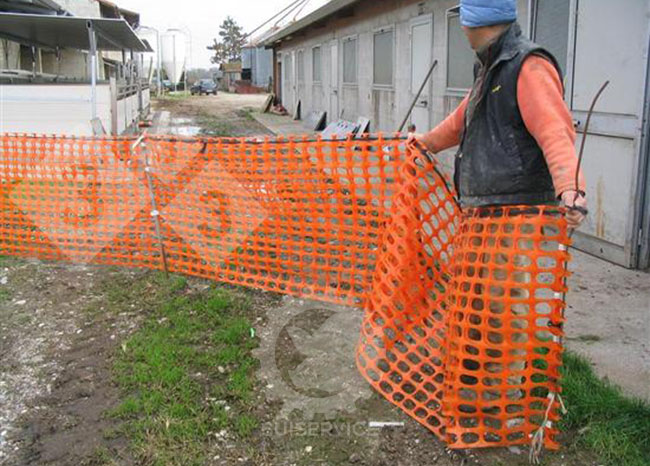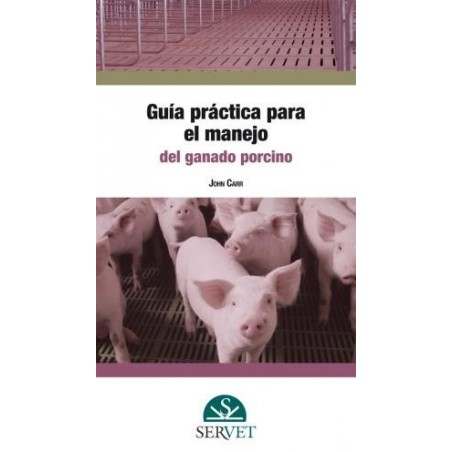Have you ever tried to calculate the number of times a sow moves in a year? At the end of lactation she moves to the heat detection and mating area (1), where she can remain in her stall/pen, or be sent to the boar (2) for exposure. Once inseminated, she remains there at least until pregnancy is diagnosed at which time she goes to the gestation barn (3) where she is housed until she enters the farrowing room (4). If we account for more than two litters per year, then a sow is moved at least ten times a year. For a farm with 500 sows that's... 5,000 movements per year!
This isn't a major issue if the farm is well laid out, with corridors and obligatory routes, where the sows quickly learn to move, since they have a good memory, but what if the barns aren't connected? If the farrowing barn is separate from the gestation barn with tens of meters in between, how do we move the sows without having to chase them around the yard?

There are plywood or plastic panels, which workers use to direct the animals, but they require at least two workers in order to prevent unwanted escapes. If the journey is very long, some farms have a special trailer, which is hitched to the tractor, to move the sows.

The fence is placed between two buildings located tens of meters apart. One end remains fixed, and the other is unrolled and fastened to the other door, inserting the rods into the tubes that have been driven into the ground at distances corresponding to the rods fastened to the mesh.
Or, with this tip, you can use a plastic safety fence, such as those used on construction sites, to create a barrier between the two doors, allowing a single operator to control the movement of the sows. In fact, in most cases, a visual barrier is enough to guide the sows to their destination. In this case, the farmer has fixed metal rods to the mesh and has passed a plastic rope through the holes in the top row, which, when tied at both ends, stabilizes the mesh horizontally.

One person can quickly and easily tauten the fence between the two doors. Once the animals are moved, remove the barrier by rolling it to one side.
He has driven some tubes into the ground that match up with the rods. The rods are inserted into these tubes, providing vertical stability to the mesh. In a matter of minutes, the safety fence can be put up or taken down in order to move the sows.

With habit, sows learn to transit by themselves, even if control is always necessary, to avoid the exuberance of some animals that start running when they see an opportunity!.





